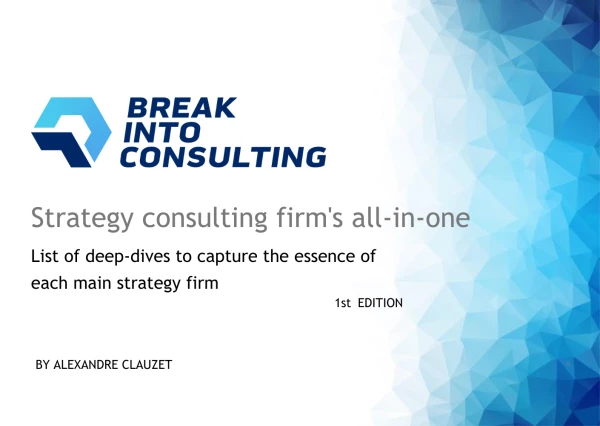Dear all,
I just have my 1st round case interview and get a feedback of "Need to better synthesize".
And my question is:
- How to better synthesize? I previously try elaborate my conclusion in this way: suggestion -> 3 reasons -> next step -> risk. Is there any better suggestion?
- If there is NO formal end (like the interview I had, there isn't a final quetions of "u ran into the CEO, what will you tell him"), how to show my skill of synthesize?
Thanks a lot!












